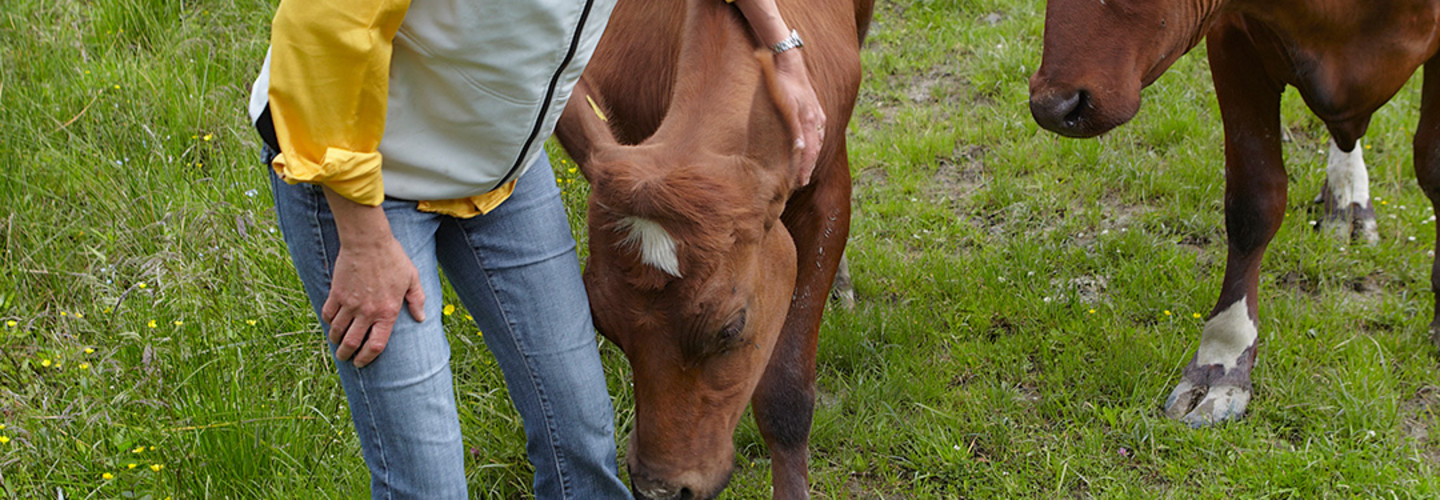Intensive farming combined with trading and transporting live animals increases the risk of spreading infection among animals. This has meant that at many production facilities, antibiotic treatments have been routinely used on all stock as a preventive measure. This gives a greater risk of antibiotic resistance.
‘Healthy animals’ means animals that do not need to be treated with antibiotics. This means in turn a lower risk of antibiotic resistant bacteria growing and spreading. This is beneficial to human and animal health. However, sick animals must naturally be treated and in such cases antibiotics shall only be used as prescribed by a veterinary surgeon, and only after other options have been considered. Antibiotics must be used wisely in animal husbandry.
At negotiations with new suppliers and upon renegotiations with existing suppliers, specific purchasing requirements will be made regarding the use of antibiotics:
- Antibiotics shall not be used for growth promotion purposes.
- Antibiotics may only be used when prescribed by a veterinary surgeon.
- Detailed documentation relating to all use of antibiotics, including via feed and water, shall be available. The veterinary surgeon in charge shall regularly review and sign the documentation.
- If antibiotics are used repeatedly for all animals in a certain age category, the reasons for this shall be documented, an investigation shall be performed by a veterinary surgeon and a plan of action shall be drafted and applied to counteract health problems.
- A health plan with procedures for preventive healthcare and reduced spread of infection shall be available and complied with. The plan shall focus on strategically preventive animal health initiatives, including infectious disease control, and shall cover as a minimum:
- The need for quarantine, vaccinations and other measures to improve health.
- Procedures for infectious disease control during visits and when introducing animals into and removing animals from stock.
- Procedures for animal flows and infectious disease control within stock.
- Procedures for cleaning and disinfecting animal housing.
- Procedures for handling recurrent health problems in various age groups.
We will also perform follow-ups and audits.





